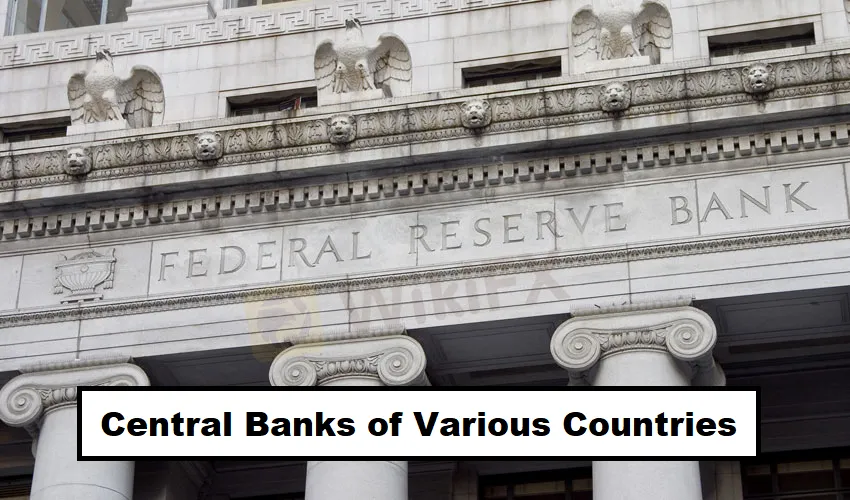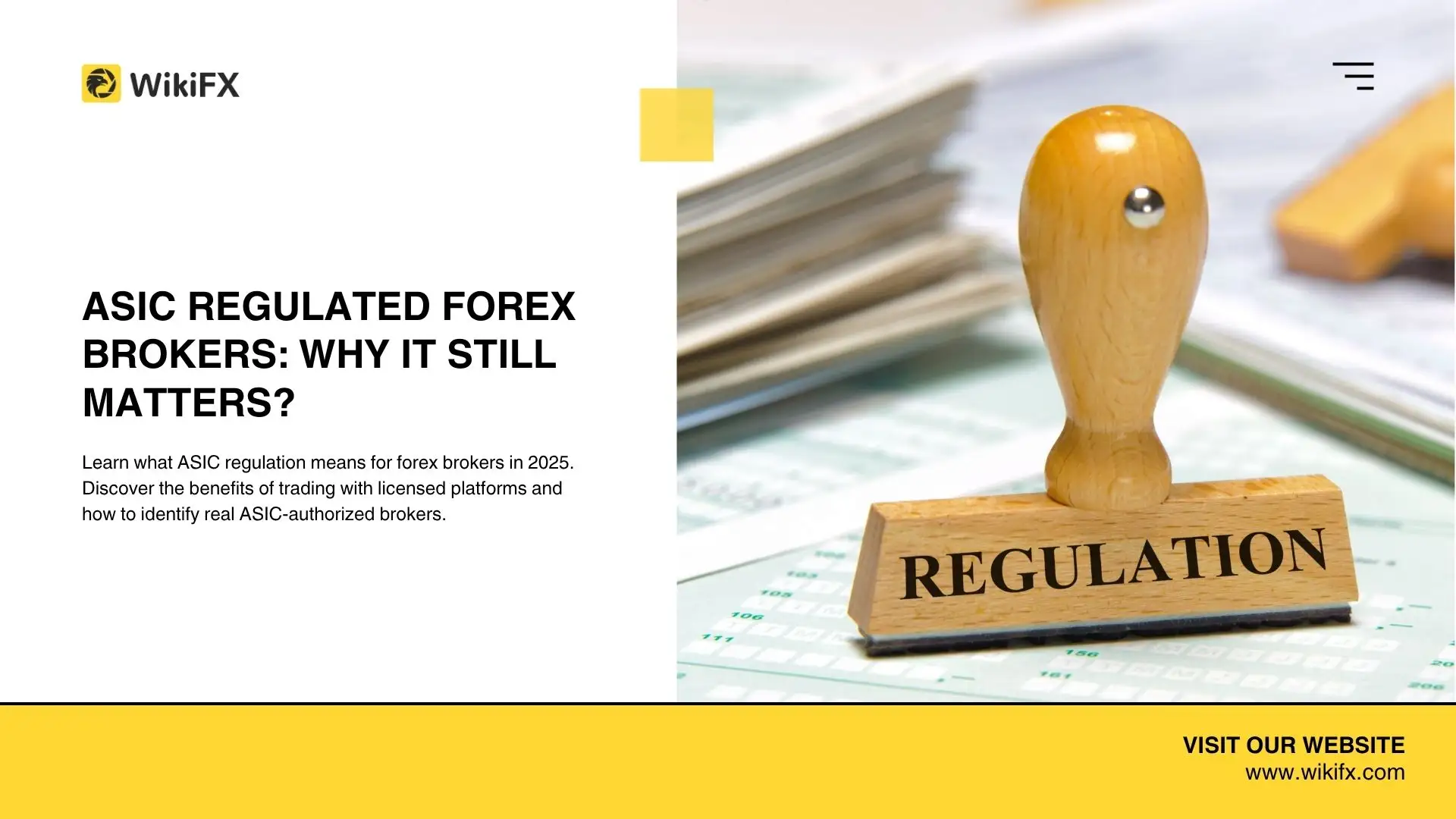简体中文
繁體中文
English
Pусский
日本語
ภาษาไทย
Tiếng Việt
Bahasa Indonesia
Español
हिन्दी
Filippiiniläinen
Français
Deutsch
Português
Türkçe
한국어
العربية
What is a Central Bank?
Abstract:A central bank is an institution formed by the government to control the country's money supply, credit conditions, and regulate the financial system, especially commercial banks and other savings institutions.

The central bank is the highest monetary and financial management institution of a country and occupies a dominant position in the financial system of each country. The functions of the central bank are macro-control, guaranteeing financial security and stability, and providing financial services.
The central bank is the “issuing bank” and plays an important role in regulating the money supply and stabilizing the currency value. It is the “bank of the banks” - it centralizes the reserves of the banks and makes loans to them, acting as the “lender of last resort”.
The central bank is the “bank of the state” - it is the maker and executor of the national monetary policy, and it is also a tool for the government to intervene in the economy. In addition, it provides financial services for the state, acts as an agent for the treasury, issues government bonds and raises funds for the government. It also participates in international financial organizations and various international financial activities on behalf of the government.
The fundamental difference between the business conducted by the central bank and the business conducted by other financial institutions is that the business conducted by the central bank is not for profit, but for the realization of national macroeconomic goals, which is determined by the status and nature of the central bank.
The main businesses of the central bank are: currency issuance, centralized deposit reserves, loans, rediscounting, securities, gold and foreign exchange accounts, transferring and clearing funds for commercial banks and other financial institutions, etc.
Function & Role
The nature of the central bank can be scientifically expressed as follows: a central bank is a special financial institution entrusted by the state to formulate and implement monetary policy, and to carry out macroeconomic control and management supervision of the national economy.

The nature of the central bank is embodied in the fact that it is a “special financial institution”, specifically, including the particularity of its status, the particularity of its business and the particularity of its management.
The central bank is a “special financial institution” due to its special status, special business and special management.
A central bank has four major functions, which are the bank of issuance, the bank of government, the bank of banks, and the bank of macroeconomic regulation.
The structure of the central bank mainly includes the capital structure, asset and liability structure and power structure.
(1) Bank of issuance
A central bank is the issuing bank, meaning that the central bank has a monopoly on currency issuance and is the sole authorized issuer of currency in a country or a monetary union.

(a) the necessity of central banks monopoly of currency issuance
First, the issuance and circulation of a unified currency is the guarantee for the normal and orderly circulation of currency and the stability of currency value. Under the implementation of the gold standard, the right to issue currency mainly refers to the right to issue bank notes. To ensure the credibility of bank notes and the stability of currency and finance, bank notes must be convertible into gold coins at any time, and the deposit currency can be smoothly converted into bank notes.
To this end, the central bank must use gold reserves as the credit basis to support the issuance and circulation of bank notes, and the amount of gold reserves has become a constraint on the number of bank notes issued. The prescribed ratio between the issuance of bank notes and the gold reserve has become the main content of the guarantee system for bank notes issuance.
In the 20th century, the gold standard disintegrated, and the currency circulation of various countries was transformed into the circulation of non-cashable paper currency. Uncashable banknotes become national credit currency in a pure sense. In the case of credit currency circulation, the central bank has become an institution that monopolizes currency issuance based on national credit by virtue of the authorization of the state. The central bank issues currency according to the objective needs of economic development and the requirements of currency circulation and management.
Second, the issuance of a unified currency is the need for the central bank to adjust the money supply and maintain the stability of the currency value according to the economic development of a certain period. Stable currency value is the basic condition for the healthy operation of the social economy. If there are multiple currency issuing banks, the central bank may not be able to adjust the money supply in a timely manner due to the difficulty in coordinating the issuing banks when adjusting the total amount of money supply and demand.
Third, unified currency issuance is the basis for the central bank to implement monetary policy. Unified currency issuance enables the central bank to regulate the amount of base currency in circulation by controlling the amount of issued currency, and thus regulates the ability of commercial banks to create credit. The exclusive right to issue currency is a necessary condition for the central bank to implement financial macro-control.
(b) necessary conditions for a unified currency
First, the central bank should issue currency in a timely manner according to the objective needs of the development of the national economy, keep the money supply basically consistent with the currency demand, and create a good financial environment for the stable development of the national economy.
Second, the central bank should control the scale of credit and adjust the money supply from a macroeconomic perspective. The central bank should appropriately control the increment of money supply and deal with the relationship between currency stability and economic growth.
Third, the central bank should timely print and destroy currency, allocate treasury funds, and adjust regional currency distribution and currency denomination ratios according to the needs of currency circulation.
(2) Bank of banks
The bank-of-banks function means that the central bank acts as a lender of last resort to commercial banks and other financial institutions. This function reflects the nature of the central bank as a special financial institution, and is the basic condition for the central bank to be the core of the financial system. Through this function, the central bank exerts influence on the activities of commercial banks and other financial institutions in order to achieve the purpose of regulating the macro economy. The duties to be performed by the central bank as a bank of banks are as follows.

Pooling of commercial banks' reserves. It is necessary to:
First, in order to ensure the safety of depositors' funds, it is required by law that commercial banks and other depository institutions must deposit a certain percentage of their deposits with the central bank to ensure that commercial banks and other financial institutions have a minimum capacity to pay.
Second, it helps the central bank to control the credit creation ability of commercial banks, thereby controlling the money supply.
Third, it strengthens the funding strength of the central bank, and the deposit reserve is one of the main sources of capital for the central bank.
Fourth, it creates conditions for non-cash settlement between commercial banks.
Acting as the lender of last resort in the banking sector - the lender of last resort means that when commercial banks are unable to make immediate payments and face bankruptcy, the central bank provides timely loan support to commercial banks to enhance their liquidity.
The central bank acts as the lender of last resort for commercial banks mainly in two ways:
First, note rediscounting, whereby commercial banks rediscount the notes they hold to the central bank to obtain funds.
Second, bill re-mortgage, that is, commercial banks mortgage the bills they hold to the central bank to obtain loans.
Establish a national inter-bank clearing business platform. Commercial banks open deposit accounts with the central bank to deposit reserves as required, and financial institutions can use the deposit accounts with the central bank for fund settlement, which accelerates the flow of funds and saves money circulation costs. Thus, the central bank becomes the clearing center of the banking industry.
Foreign exchange position adjustment. The central bank conducts foreign exchange transactions according to the supply and demand of foreign exchange, adjusts the foreign exchange positions of commercial banks, provides foreign exchange financing facilities for commercial banks, and thus monitors the balance of payments.
(3) Bank of the government
The banking function of the government means that the central bank provides services for the government and is a specialized agency for the government to manage national finance.
This is reflected in the following.

(a) Acting for the national treasury
Generally, the state treasury does not set up a separate agency to handle specific operations, but is entrusted to the central bank as an agent, mainly including the collection of treasury funds, allocation of fiscal expenditures, reporting the implementation of budget revenue and expenditures to the finance department according to the state budget requirements.
(b) Acting as a government bond issuer
The central bank acts as an agent for issuing government bonds and handling the repayment of principal and interest when the bonds are due.
(c) Financing the government
When the government's fiscal revenue and expenditure are out of balance, the central bank has the obligation to provide funds for the government to meet the government's temporary funding needs. There are two main ways that the central bank finances the government:
The first is to provide loans directly to the government in order to cover temporary imbalance between fiscal revenues and expenditures or long-term fiscal deficits. To prevent hyperinflation caused by excessive expansion of fiscal deficits, many countries explicitly state that issuance of currency to cover fiscal deficits should be avoided as much as possible.
Second, the central bank directly purchases government bonds in the primary market.
(d) Holding and managinginternational reserves for the state
International reserves include foreign exchange, gold, reserve positions in the International Monetary Fund, unused special drawing rights allocated by the International Monetary Fund, etc.
First, to regulate and control the total amount of reserve funds so that they are compatible with the payment needs required for domestic currency issuance and international trade;
Second, to regulate the structure of reserve assets, especially the structure of foreign exchange assets;
Third, to operate and manage the reserve assets and be responsible for the preservation and appreciation of reserve assets;
Fourth, to maintain the balance of payments and the basic stability of the exchange rate.

Participate in international financial activities on behalf of the government, coordinate and negotiate financial affairs, and actively promote cooperation and development in the field of international finance. Participate in major international financial decisions; negotiate, coordinate and consult with foreign central banks on behalf of the government on financial and trade matters between the two countries; sign international financial agreements on behalf of the government; manage international capital flows related to the country; handle financial affairs transactions and clearing between governments, and handle international financial affairs such as clearing and disbursement of foreign exchange.
Provide economic and financial intelligence and decision-making suggestions for the government, and release economic and financial information to the public. The central bank is at the core of the social capital movement, and can grasp the basic information of the national economic and financial activities and provide support for the government's economic decision-making.
Disclaimer:
The views in this article only represent the author's personal views, and do not constitute investment advice on this platform. This platform does not guarantee the accuracy, completeness and timeliness of the information in the article, and will not be liable for any loss caused by the use of or reliance on the information in the article.
Read more

Best MetaTrader Forex Brokers in the Philippines 2025
Looking for the best MetaTrader forex brokers in the Philippines for 2025? See top MT4/MT5 brokers, fees, platforms, and PH-specific tips to trade smarter.

New to Forex Trading? Check Out These 6 Key Features of Taurex
If you're just stepping into the forex market and feeling confused about which broker to choose, you might consider giving a chance to a regulated forex broker like Taurex. You may wonder why we are specifically mentioning this broker. It is because of several strong reasons outlined in the article below.

ASIC Regulated Forex Brokers: Why Licensing Still Matters in 2025
Looking for ASIC regulated forex brokers? Understand the value of ASIC oversight and how to easily verify a broker’s license in 2025.

A Beginner’s Guide to Trading Forex During News Releases
In the world of currency trading, few moments offer as much potential or peril as a major news release. For beginner traders looking to make money with forex, understanding how to navigate economic announcements is not just useful, it’s essential.
WikiFX Broker
Latest News
Datuk Seri Linked to RM8.4 Million Gold Investment Scam Under Police Probe
The Psychology Behind the Ascending Triangle Pattern in Forex
Charles Schwab Forex Review 2025: What Traders Should Know
The Global Inflation Outlook
What WikiFX Found When It Looked Into XS
Revealing the Art of Forex Spread Betting
EC Markets Enters Mexico City, Accelerates LATAM Push
Scam Warning from NZ FMA: Beware of Unauthorised Firms
Top CMA-Regulated Forex Brokers in Kenya 2025
Olymptrade Review 2025: Is It Safe or a Risky Bet?
Currency Calculator



